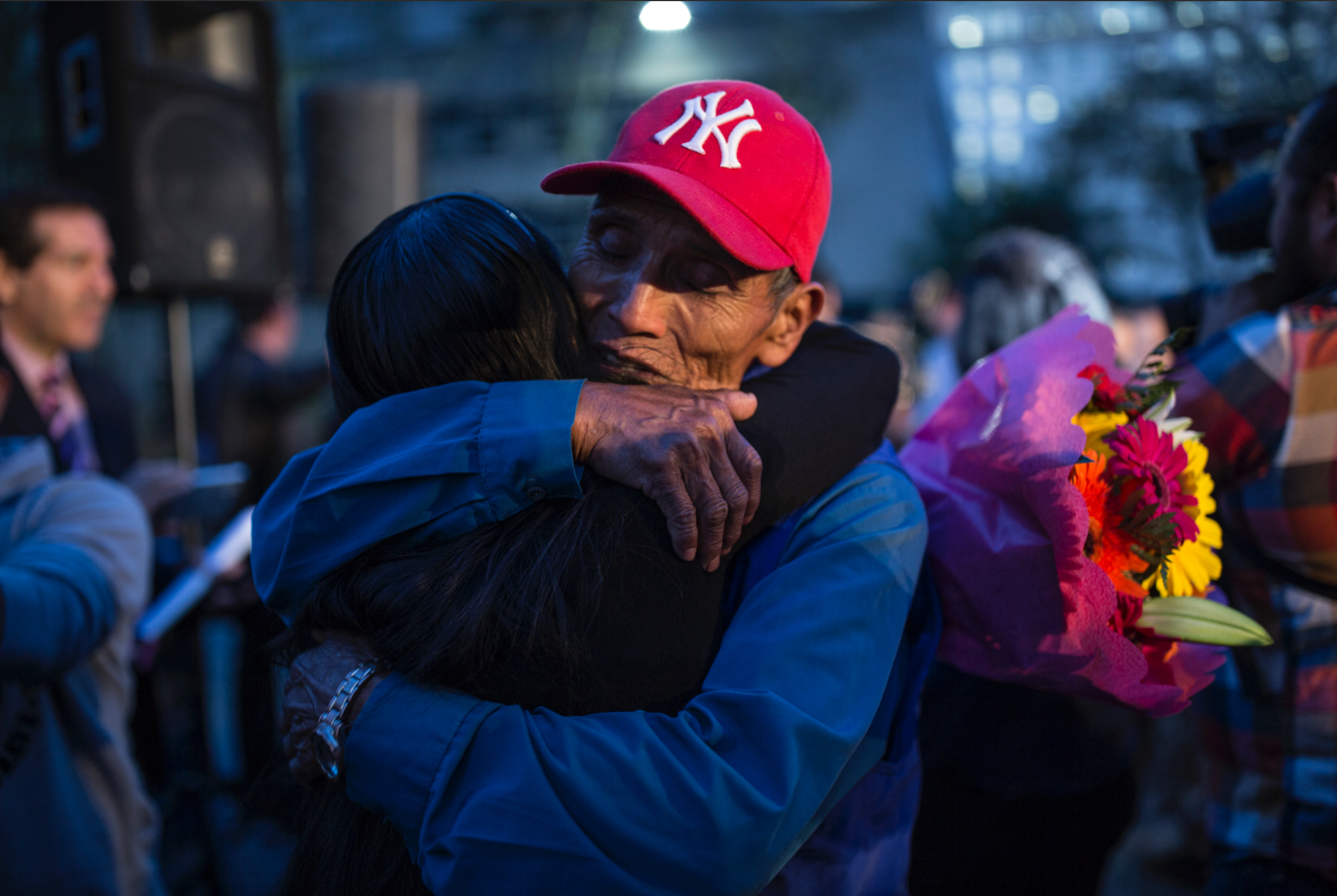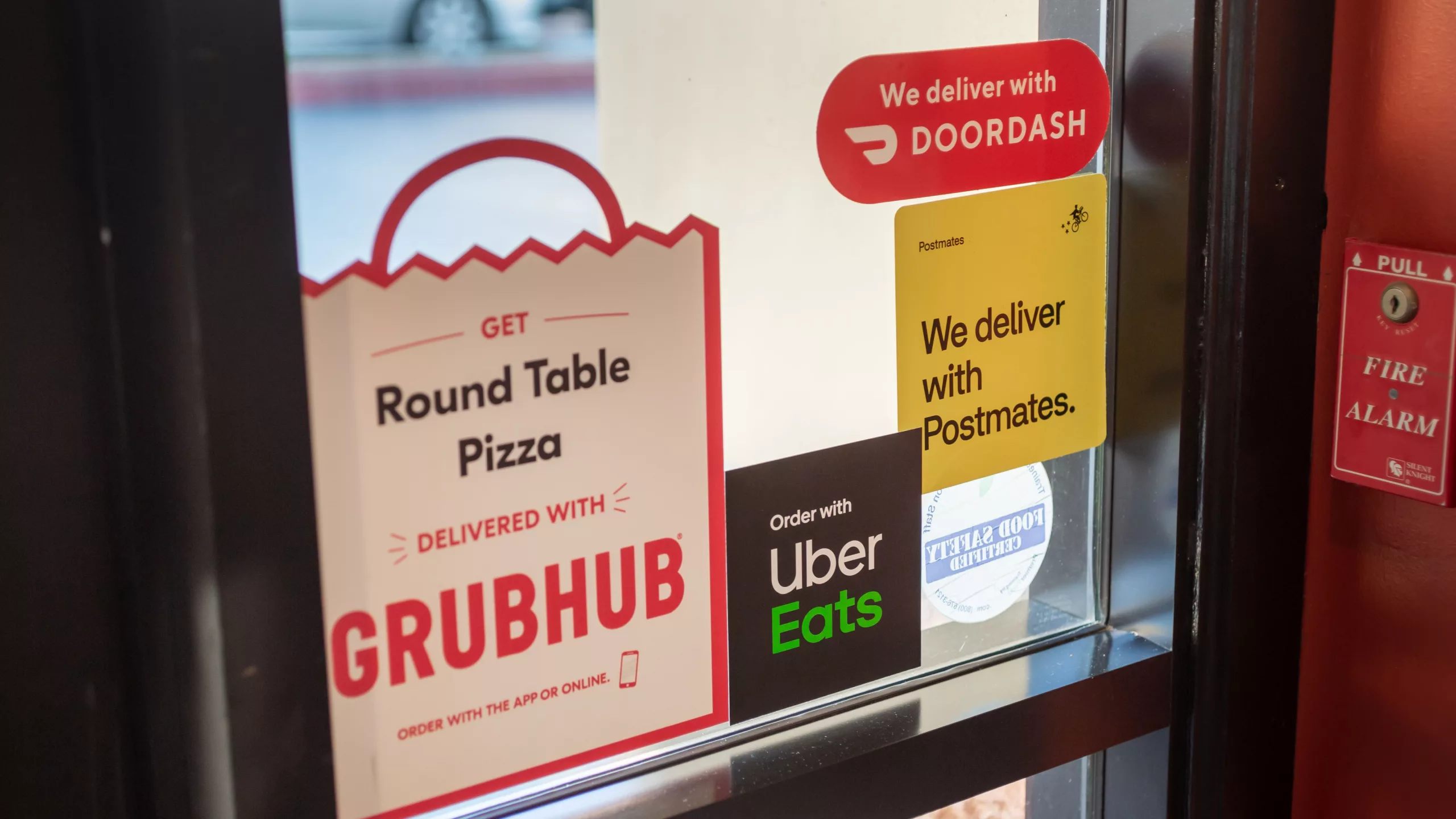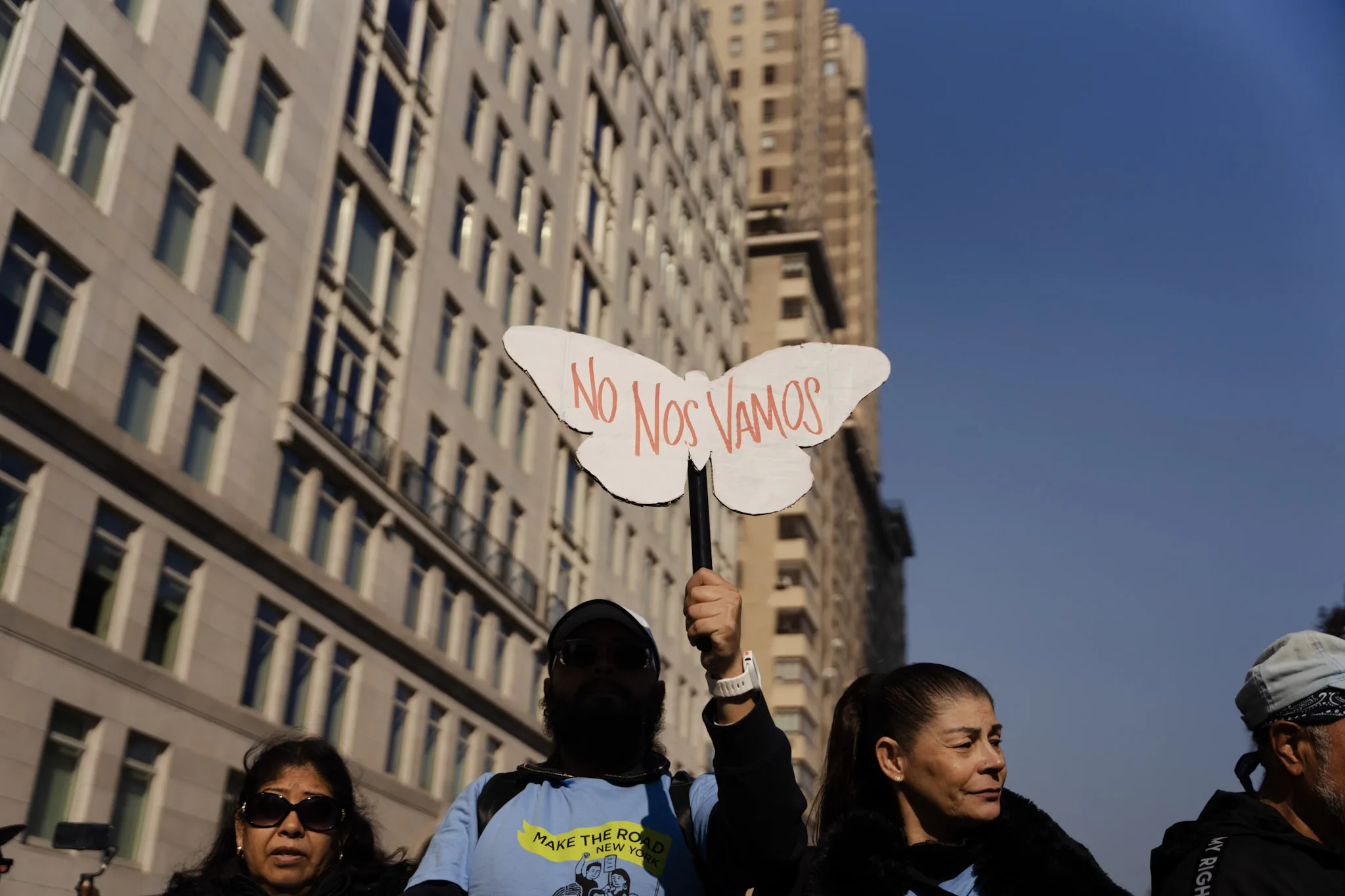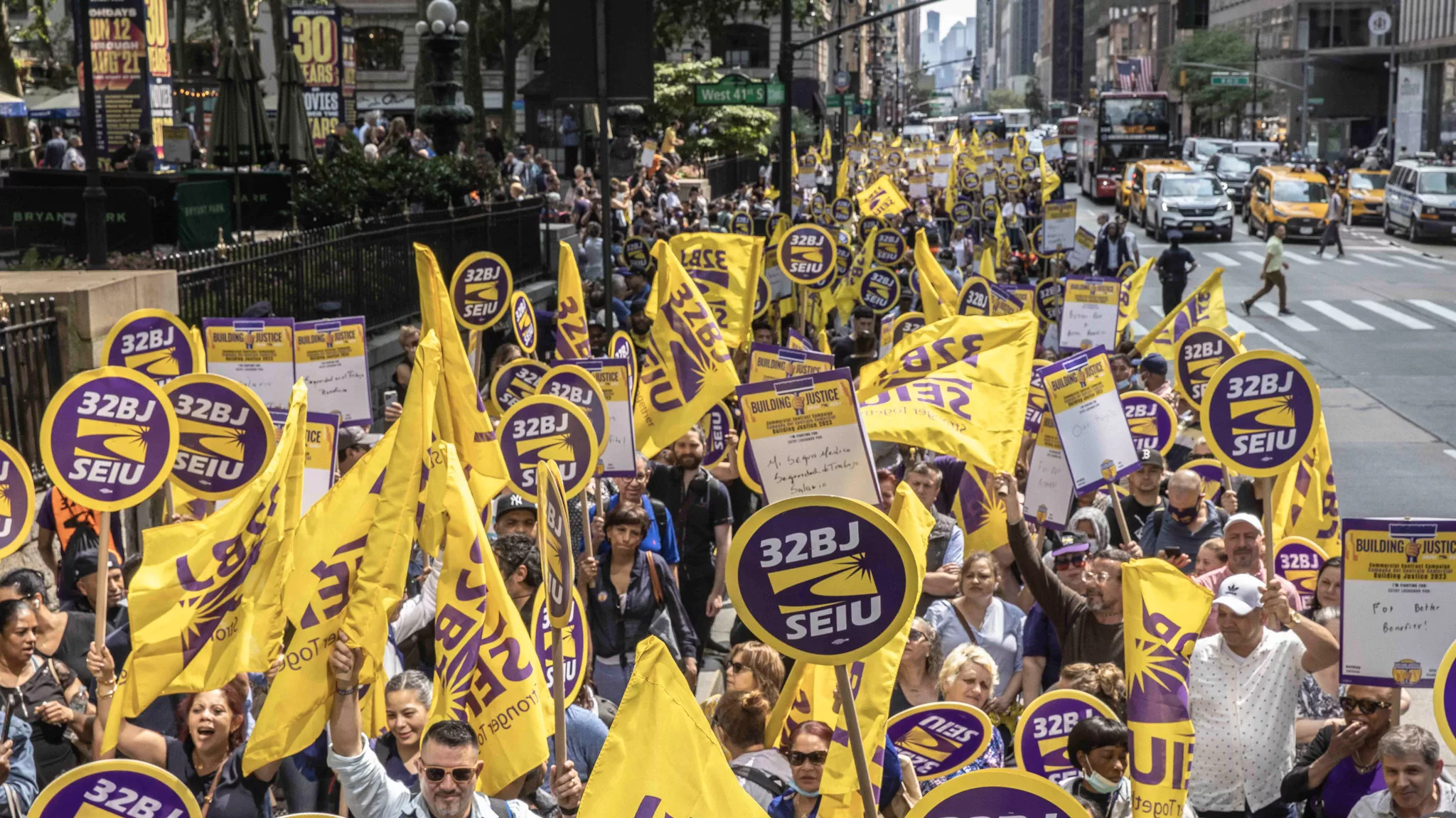This investigation into family reunification visas between Mexico and the United States was originally published in Conexión Migrante.
In 1996, Enrique crossed the Arizona desert under scorching sun with the dreams of his 21 years as his only baggage.
He endured thirst, fear, and was deceived by the “coyote” who promised him the American dream. Despite it all, he reached his destination and planted roots in the United States, where his four children were born.
The cost, however, was high: he couldn’t say goodbye to his father and had to wait 26 years before embracing Georgina, his mother, again.
Like Enrique, tens of thousands of undocumented Mexican migrants maintain close ties with their families in Mexico. They comfort their souls by sending remittances and content themselves with watching their parents age through the images provided by photographs or video calls.
For this reason, the day someone offers them the opportunity to participate in a family reunification program, there is not a hint of doubt.
These programs have a successful component: they allow mothers and fathers to visit the United States for a few weeks, regardless of their children’s immigration status.
What is the value of embracing your parents again?
The organizers of these reunions, both public and private, know that longing for family members is profitable.
While some groups operate with respect for the families’ needs, others charge up to $10,000 for reunification and withhold parents’ identification documents to ensure payments.
Conexión Migrante investigated the evolution of 37 programs for three years, which transformed due to the pandemic and travel delays.
There is a record of 57 programs operating in the United States and Mexico, but community voices insist that there are hundreds, without rules, without transparency, but indeed profiting from the longing of seeing your mom and dad again.
Also Read: Undocumented Mexican Families Reunite Using B1 and B2 Visitor Visa
In recent years, the number of programs operated by state governments has decreased from 16 to seven, four of which are forming new groups, and the remaining three only have waiting lists.
Zacatecas was the first state to have a reunification program. Preparations began in 2011, and in 2012, 28 mothers and fathers made the first trip to see their children in the United States.
In an interview, Rigoberto Castañeda, former head of the Zacatecan Migrant Secretariat, recounts how Sergio Meza, a member of the Federation of Zacatecan Clubs in Illinois, asked for help to bring his mother to visit him in the United States. Despite the lady passing away before completing the process, this experience fueled the creation of the program in collaboration with the Federation, Sergio Meza, and Lizbeth Márquez, the representative of the Zacatecas Government in Chicago.
This way, the program called “Corazón de Plata” was born, named after the silver medals with a heart divided in two, one part for the club member and the other for their parents.
The lack of active participation by state governments in these programs has led to the proliferation of groups and organizations that are less transparent, taking advantage of and defrauding migrants.
Governmental Disinterest and Opacity
Family reunification should be a humanistic and dignified act, says Marco Antonio Castillo, co-director of the Mexico-United States Program at Global Exchange.
However, the theory does not align with practice in a Mexico that views its migrants as a gold mine.
It is estimated that by the end of 2023, remittance income will reach $67.9 billion, historically high for the ninth consecutive year.
Mexicans abroad contribute more foreign exchange to Mexico than oil or tourism, sustaining millions of families.
Paradoxically, they are one of the most overlooked groups by the government of Andrés Manuel López Obrador. An indifference that is fertile ground for opacity and abuses regarding family reunification.
“The current government, like no other, has eliminated funds for programs that support migrants,” agrees Roberto Bravo, director of the CBO Community Federation in California.
With no governmental support, private organizations take the lead “because migrants will always have the need to bring their parents (for a visit to the U.S.),” adds Bravo.
Numerous activists have sought support from state governments to create public programs that absorb some logistical expenses and are regulated. However, they have not been successful.
In Chiapas, for example, the Avanza program never received the state support it requested. In Querétaro, Palomas Queretanas received approval from Governor Francisco Domínguez Servién in 2018, but his term ended without the process materializing.
There are also state programs that were born but distorted their objectives.
Juvencio Rocha Peralta, founder and president of the Association of Mexicans in North Carolina (Amexcan), received support from the government of Veracruz, but over time, the program lost transparency, and Amexcan decided to stop collaborating with it.
Also Read: How to Visit the USA With B-1 and B-2 Nonimmigrant Visas
Profiting from the Longing for Family Reunification
“Family reunification is a right recognized by International Human Rights Agreements. Therefore, conducting these processes under a lucrative scheme distorts their original purpose, and not accompanying them with community work increases the risk of fraud,” warns activist Marco Antonio Castillo.
For Avelino Meza, general secretary of the organization Fuerza Migrante, based in New York, “migration generates loneliness and frustration for leaving the family behind. Family reunification is, therefore, a great opportunity to reconnect with that nucleus.”
Meza asserts that, currently, “this opportunity for families to reunite has been prostituted, taking advantage of the fact that children are willing to pay hefty amounts to see their parents. There are groups that seize the parents’ identification documents to ensure they will collect what they want.”
“A mafia has been created where groups charge migrant children between $5,000 and $10,000 to bring their parents when these processes should be free or very inexpensive,” Sergio Infanzón, a migrant and activist based in Los Angeles, agrees.
He adds that many parents even sell land and livestock in their hometowns in Mexico to visit their children, only to be later deceived.
Migrant leaders and activists acknowledge that preparing such trips takes time, work, and logistics, and this comes with a cost. However, they believe that the value of some programs is excessive.
“If you have a group of 40 people and charge $5,000 for each of them, that’s $200,000 they get. These should not be lucrative programs because their origin lies in federations created to help migrants,” says Sergio Infanzón.
One of the most controversial cases in terms of reunifications is led by Nueva Visión Latinoamérica, which began as a migrant organization but later left the registry of the Ministry of Foreign Affairs and now assumes the status of a company registered with the U.S. government.
Until October 2023, it charged $160 exclusively to register parents interested in traveling to the United States and asked for $450 for visa processing.
Complaints abound, but this has not prevented the company from continuing to operate and expanding its family reunification offer to migrants from Central America.
There are also other programs where a lack of transparency has been evident, such as Corazón Todito, operated under the government of Juan Manuel Carrera in San Luis Potosí, which did not provide clear information to families about the costs they would incur.
Also Read: How to Check Your Visa, Asylum Application, and More with USCIS
How Much Does Family Reunification Cost?
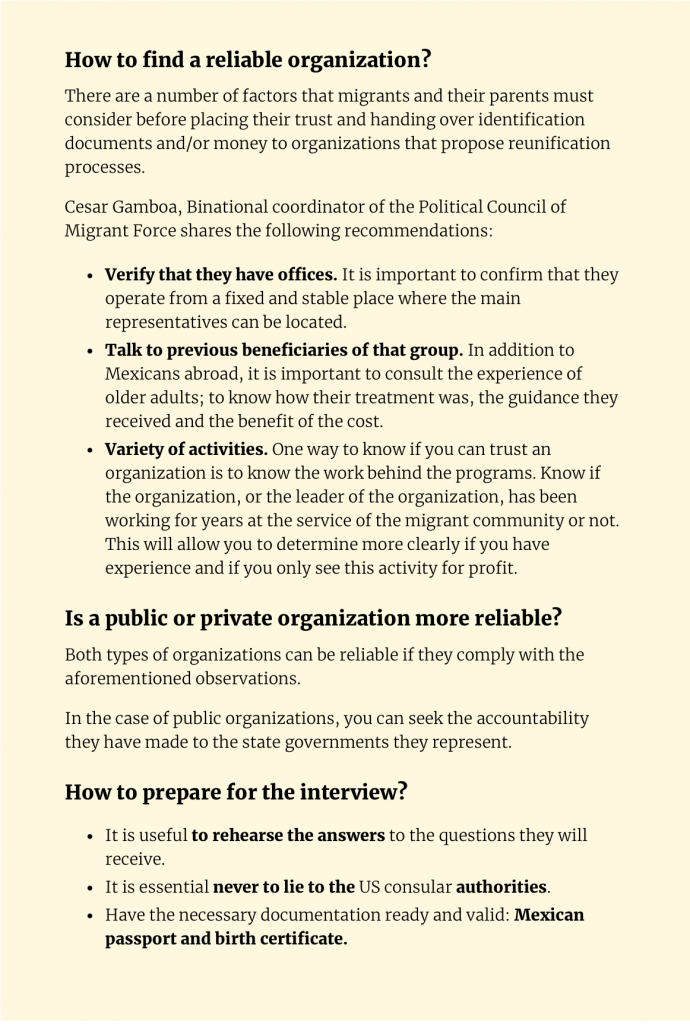
According to the investigation by the Conexión Migrante team, the costs of a private family reunification depend on the state of origin in Mexico and the destination in the United States. Still, the average budget varies between $2,000 and $2,500, plus the cost of the plane ticket.
Two members of the Conexión Migrante team have already participated in family reunifications as part of the staff of two organizations, allowing them to verify processes, costs, and challenges of transporting older adults.
From an external perspective, one might wonder why pay $2,000 for the process. However, the responsibility and challenge of traveling, moving, helping, and caring for older adults are more than anyone imagines.
Unlike anyone who must wait for their appointment and attend twice at the U.S. Embassy or consulates in Mexico, first for fingerprinting and second for the consular interview, parents enrolled in a family reunification program have two direct benefits: access to the window for older adults and a special calendar where they will wait less for an appointment.
Over the last seven years, Conexión Migrante has witnessed multiple cases where the U.S. Embassy and consulates in Mexico reject people’s visa requests due to poor advice.
It is not uncommon for people to lie about having undocumented family members in the United States, which automatically leads to rejection of their visa application.
While the final decision to approve or deny the visa depends on consular authorities, participating in one of these programs does benefit older adults.
Therefore, the payment covers the cost of the visa, filling out form DS-160, hotel, transportation to the U.S. Embassy or consulate in Mexico, and services of people who take care of the parents.
The teams ensure they bring all the necessary documents for appointments and the trip, provide assistance in boarding planes and transportation, and, in many cases, organize a welcome party in the United States with their children.
Lorena Cortés, president of the Morelenses Club in Texas “Tepalcingo Unido” and a migrant living in Texas, says that this cost may even be lower.
While before the pandemic, Lorena had established that the average cost to bring parents was $1,300, this total increased after the health crisis.
The cost of the Mexican passport, the U.S. visa, and food increase the price of bringing parents to the United States.
However, Lorena Cortés clarifies that these increases only raise the overall cost of reunification by an approximate $85, around 6.5%.
She points out that with this amount, they cover transportation, necessary meals during the journey, the jacket, health insurance, and the welcome event. In the case of her organization, there is one companion for every 15 older people, on average, and they are someone trained in first aid but not a doctor.
State programs, which often fund some travel costs, usually hover around $1,500.
Autonomous reunifications are also possible but uncommon. Parents must approach a U.S. consulate in Mexico to apply for their visa, but many fear being rejected, which is why they seek experienced organizations to help. In isolated cases where they are done independently, the cost of the process can be reduced to $900 or $1,000.
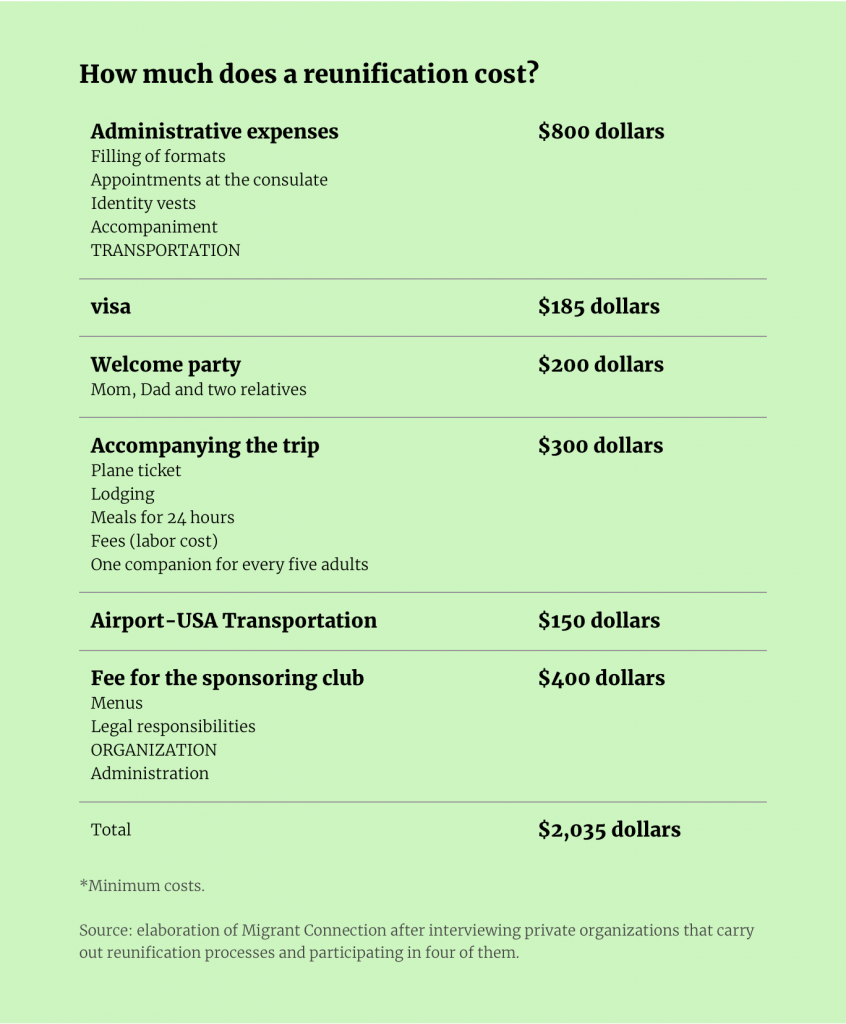
Georgina cannot find the words to describe what she experienced when reuniting with her son Enrique. “It was an indescribable emotion. First, I saw him from afar, so changed, he was already a grown man… when I hugged him, I was speechless. It was something uncontrollable; I wanted to kiss him, I wanted to pinch him. He was my son, and he was finally there again,” she recalls.
陈学理胜选凸显华人社区“右转”
And there are reunions that go beyond, serving as more than just a necessary balm for longing. Activist Lorena Cortés experienced one in 2022 when she helped a mother travel to Minnesota, who had been denied a U.S. visa just a few months earlier.
For her, it was vital to reach the United States; her son was alone, sick, and in the terminal stage.
“Some reunifications are even more special and are cases that must be approached differently. On this occasion, we sought out a congressman to help us by providing a letter, and we had to carry out other procedures. But we obtained the visa that had been denied before. This mother traveled to the United States to see her son, who died in her arms half an hour after her arrival. Therefore, bringing parents together with their migrant children, in each and every case, will be worth it,” she emphasizes.
And you, how much would you be willing to pay to see your parents again?
